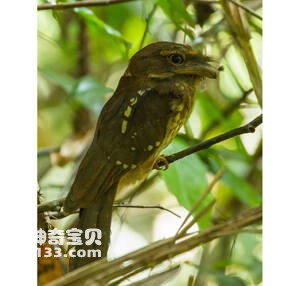
Batrachostomus septimus
Batrachostomus septimus,Philippine Frogmouth
Batrachostomus septimus, Philippine Frogmouth, the specific behavior is unkn···
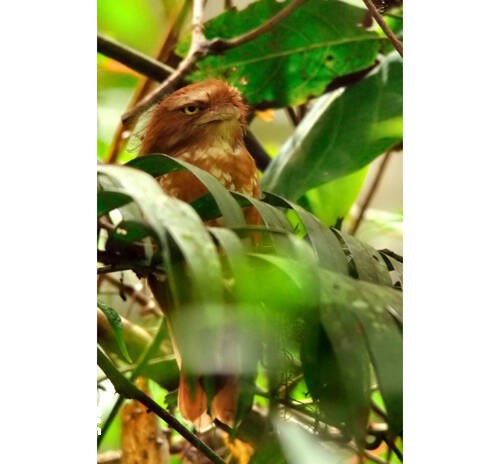
Batrachostomus poliolophus
Batrachostomus poliolophus,Pale-headed Frogmouth
The first name is Batrachostomus poliolophus, the foreign name is Pale-heade···
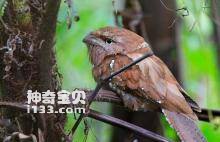
Batrachostomus moniliger
Batrachostomus moniliger,Ceylon Frogmouth
Batrachostomus moniliger, the foreign name Ceylon Frogmouth, the specific be···
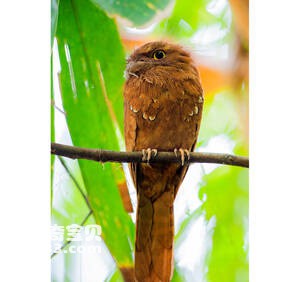
Batrachostomus javensis
Batrachostomus javensis,Javan Frogmouth
Javan Frogmouth: Batrachostomus javensis, Javan Frogmouth, specific habits a···
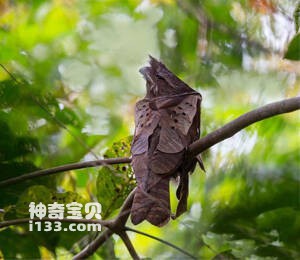
Batrachostomus harterti
Batrachostomus harterti,Dulit Frogmouth
Batrachostomus harterti, foreign name Dulit Frogmouth, the specific behavior···
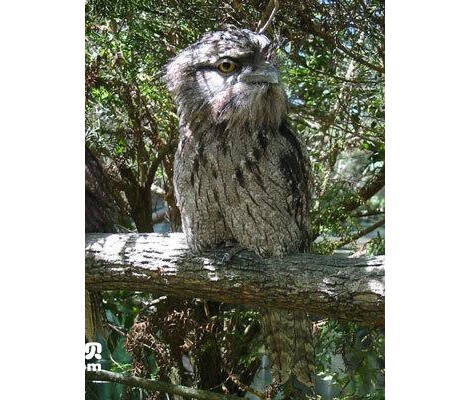
Batrachostomus cornutus
Batrachostomus cornutus,Bornean Frogmouth
The Sundanese frog mouth is known as Batrachostomus cornutus and Bornean Fro···
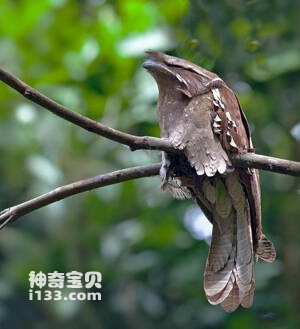
Batrachostomus auritus
Batrachostomus auritus
The eggs of Batrachostomusauritus are laid on a feather cushion covered with···
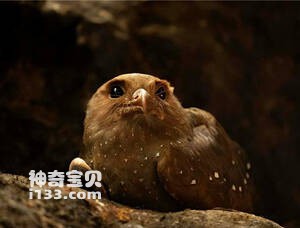
Steatornis caripensis
Steatornis caripensis,Oilbird,guacharo
In the coastal mountains of Colombia, Ecuador and Peru live oilbirds, a clos···
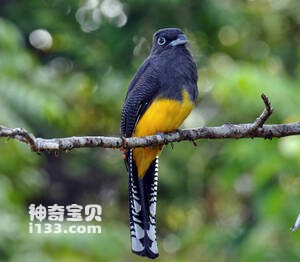
Trogon viridis
Trogon viridis, Green-backed Trogon
The species is known as Trogon viridis and Green-backed Trogon.Protect wild ···
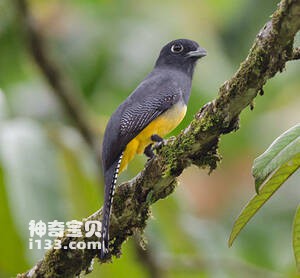
Trogon violaceus
Trogon violaceus, Violaceous Trogon
Trogon violaceus (Violaceous Trogon) is an American biting rhododendron aceo···
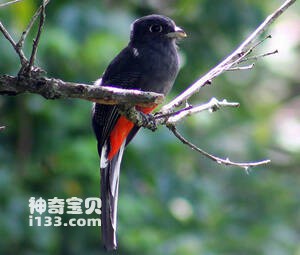
Trogon surrucura
Trogon surrucura,Surucua Trogon
The species is known as Trogon surrucura and Surucua Trogon.Listed in the In···
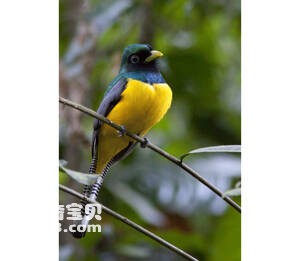
Trogon rufus
Trogon rufus,Black-throated Trogon
The Black-throated Trogon is known as Trogon rufus or black-throated trogon.···
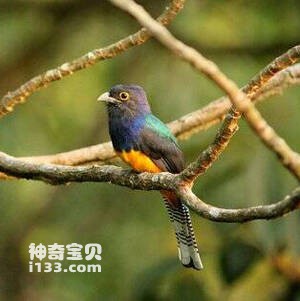
Trogon ramonianus
Trogon ramonianus,Amazonian Trogon
The Amazonian Trogon (Trogon ramonianus) is an unknown species.Protect wild ···
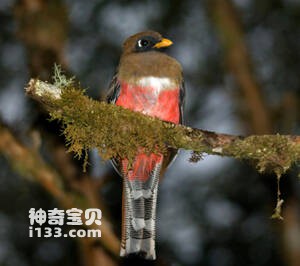
Trogon personatus
Trogon personatus,Masked Trogon
Trogon personatus, Masked Trogon, has nine subspecies, the specific habits o···
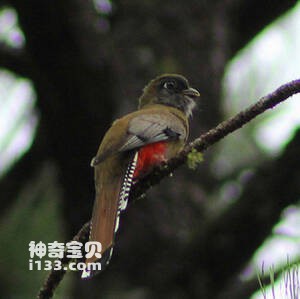
Trogon mexicanus
Trogon mexicanus,Mountain Trogon
The Mountain biting cuckoo is known as Trogon mexicanus or Mountain Trogon.L···
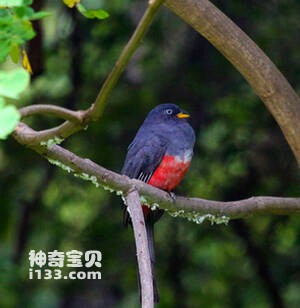
Trogon mesurus
Trogon mesurus,Ecuadorian Trogon
The Ecuadorian Trogon is Ecuadorian Trogon and is known as Trogon mesurus.Pr···
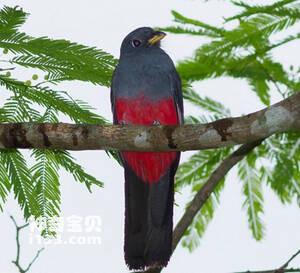
Trogon melanurus
Trogon melanurus,Black-tailed Trogon
The melanurus melanurus is a Black-tailed Trogon, but its behavior is unknow···
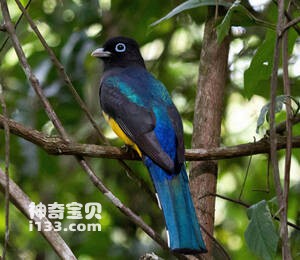
Trogon melanocephalus
Trogon melanocephalus,Black-headed Trogon
The species is known as Trogon melanocephalus or Black-headed Trogon.Listed ···
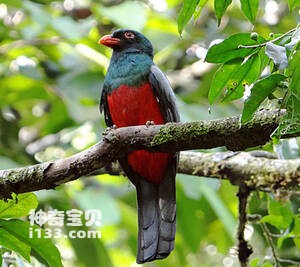
Trogon massena
Trogon massena,Slaty-tailed Trogon
The grey-tailed American biter is Trogon massena, Slaty-tailed Trogon.Listed···
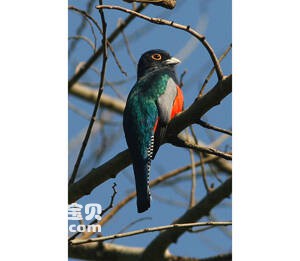
Trogon curucui
Trogon curucui,Blue-crowned Trogon
The Blue-crowned American biting cuckoo is known as Trogon curucui or blue-c···
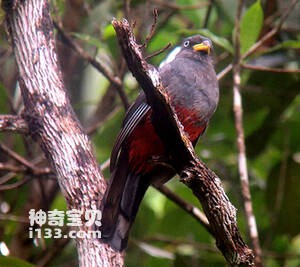
Trogon comptus
Trogon comptus,White-eyed Trogon
The White-eyed Trogon is also known as Trogon comptus or white-eyed trogon.P···
